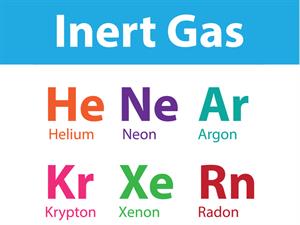PDF chapter test TRY NOW
Rare gases or Inert gas:
Noble gases or rare gases are Helium, Neon, Argon, Krypton, Xenon, and Radon in group \(18\) of the periodic table.
- They are monoatomic gases that do not readily react with other substances due to their completely filled subshell. Hence, they are termed as inert gases.
- They are present in significantly less amount, and hence they are named as rare gases.

Metals:
Metals are generally rigid, lustrous, malleable (can be formed into sheets), fusible, and ductile (can be drawn into wire) with excellent electrical and thermal conductivity.
Except for mercury, the majority of metals are solids at room temperature.
Metals take up more space in the periodic table and are classified as follows:
Metals take up more space in the periodic table and are classified as follows:
- Lithium to Francium are examples of alkali metals (top to bottom).
- Beryllium to Radium are examples of alkaline earth metals (top to bottom).
- Group \(3\) to \(12\) are transition metals.
- Aluminium, gallium, indium, thallium, tin, lead, bismuth are p-block metals.
Non-metals:
A non-metal element does not have the properties like hardness, shininess, malleable, suitable and ductile. Non-metals are only arranged in a p-block.
Example:
Carbon, nitrogen, oxygen, phosphorus, sulfur, selenium, bromine, chlorine, fluorine, iodine and helium to radon.
